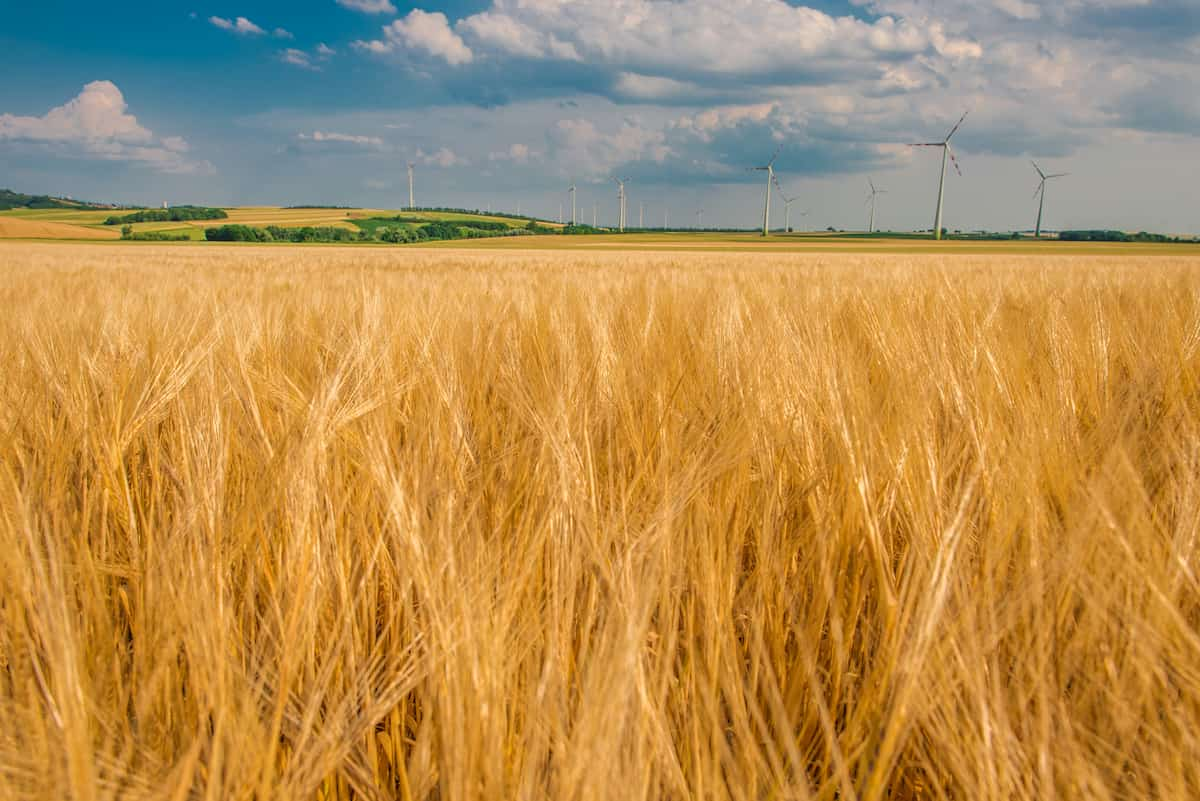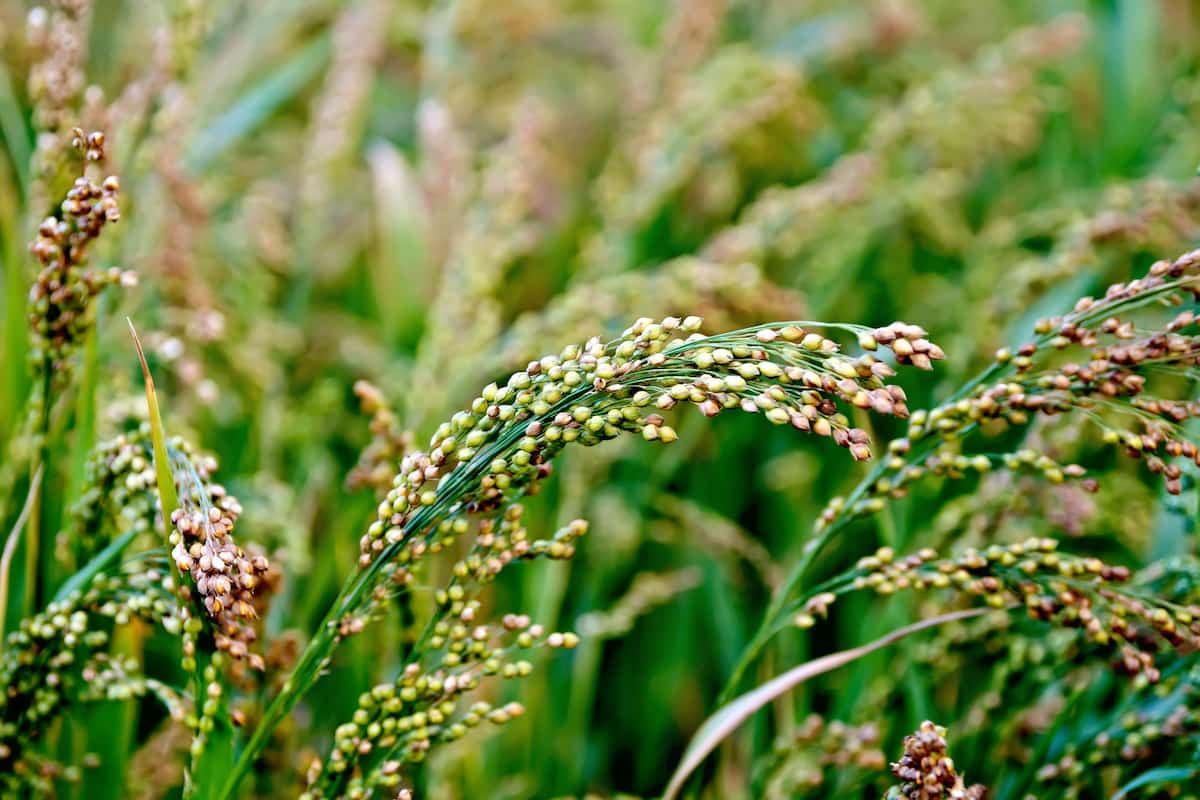As the name implies, these plants cover soil for various reasons. These species are not grown for trade or human consumption but to support secondary farmers’ needs. Their purpose is to improve soil health, increase yields, and feed cattle. It does not mean, however, that these plants are exclusive species. As well as serving as cash cultures, they can also be found on the plate (buckwheat and corn, for example). Cover crops used in the fall are grasses instead of these plants.

Fall and late spring/summer are the best times to plant them. They can be planted uniformly or in rows. Some plants are winter-killed, and some plants require removal and residue management. A single species is also suggested, or a mixture of species. According to reports, the latter method produces more prolific results. Brassicas, turnips, radishes, legumes, grasses, and forages are common cover crops. This practice is widely accepted in organic farming, crop rotation, and no-till farming. Making informed decisions is easier with smart farming online tools.
The Agricultural Aspects of Cover Crops
Types of Cover Crops
Grasses, legumes, and broadleaf non-legumes are divided into three categories based on their properties and uses. Typically, they perform several functions simultaneously, such as preventing erosion, improving soil quality, and providing grazing space. There are many types of grasses, including buckwheat, rye, wheat, corn, barley, oats, etc. Their growth is relatively fast, and their residue is easily managed. These roots are strong and protect against erosion due to their fibrous threadlike structure.
Regarding nutrients, they accumulate soil nitrogen through symbiosis with Azospirillum but do not fix atmospheric nitrogen. As nitrogen-fixing cover crops, legumes are famed for enriching nitrogen. Their vigorous taproot system helps prevent undesired undersurface compaction when plants grow large. In addition, bigger plants can fix more nitrogen. Crops like white and red clover, cowpeas, alfalfa, hairy vetch, and fava beans fall into this category.
A broadleaf non-legume absorbs nitrogen from the soil, holds it in place, and makes green manure. They typically die in severe winter weather, so no extra termination is needed. For weed control considerations, non-legumes used as fall cover crops should be treated before seed settlement. A few examples of this type of plant are brassicas, forage radishes, turnips, marigolds, and mustard.
Cover Crops By Season
There is another classification introduced by the time to plant. According to agriculturalists, there are four types of cover crops: fall, winter, spring, and summer. Each has its own management style, advantages, and disadvantages.
Winter Cover Crops
Most of these crops are cereals planted after cash crops have been harvested in the fall. The purpose of these plants is to act as natural ground shields until sowing time in spring, not to bring yields. In the fall, they need sufficient warmth; in the spring, they need sufficient moisture. They prevent soil erosion, control weeds, conserve moisture, reduce nutrient leakage, and consume them.
Additionally, their seeds require additional costs, may be difficult to terminate, cause allelopathic effects, and interfere with primary culture development. Farmers should consider frost resistance when planting cover crops for winter. During winter, cold-hardy plants survive, while winter-killed plants are sensitive to significant temperature drops and die.
Summer Cover Crops
This type of plant grows in summer between rotations of primary species. This practice eliminates weeds and reduces erosion, so the soil is ready for the next crop. Cover crops are also used as fodder for livestock during the summer or spring. Compared to bare soil, their roots prevent soil from drying quickly. Seeds may establish poorly in summer due to droughts and heat, induce nitrogen deficiency (unless legumes are used), require more residue management, or take longer to decompose than expected, delaying planting in fall.
In case you missed it: How to Grow Geranium in a Greenhouse: A Step-by-Step Guide for Seed to Harvest

Cover Crops For Grazing
Grazing cattle on cover crops can reap additional benefits for farm owners. These species are useful as food for animals, as well as having general advantages. In addition, grazing cover crops creates a natural outdoor breeding environment, which is crucial for organic agriculture. As well as providing animal manure on pastures, grazing also saves money on livestock fodder and facilitates its removal before primary culture planting.
Due to the lack of fresh and juicy vegetation cover in late fall, winter, and early spring, this practice is especially rewarding. Cover crops for grazing include cereals, such as ryegrass, wheat, sorghum, millet, oats, triticale, barley, hairy vetch, red clover, lablab, Austrian winter peas, cowpeas, alfalfa, and fava beans.
Benefits of Covers Crops
- Enhances Soil’s Fertility and Health: Cover crops prevent soil erosion, enhance soil tilth and structure, and increase decomposed organic matter in soils. As a result, croplands that have used cover crops extensively require fewer artificial fertilizers.
- Reduces Soil Erosion and Water Run-Off: When heavy rainfall and fast winds occur, cover crops serve as the perfect partner for preventing soil erosion. They also improve groundwater levels by acting as a water sink.
- Increase in Biodiversity: As a result of cover cropping, beneficial insects, microbes, and nutrient-fixing animals benefit from the plants involved. Additionally, cover crops attract pest predators and pollinators. As a result, the overall ecosystem will be strengthened.
- Enhanced Yield and Profitability: Pests, diseases, and weeds are reduced by cover crops. As a result, artificial fertilizers will be reduced while fertility is improved. By doing so, cash advantage is created, and thus, crop yield is improved, and total gains are obtained.
Discussing Challenges Using Cover Crops In India
Despite their many advantages, these crops have the following disadvantages in countries like India that are located in south-east Asia.
- Cost and Management Challenges: Cover cropping’s downside is that seeding and managing these crops are expensive. In addition, they require all the necessary steps for agricultural cultivation without producing a harvest.
- Availability of Time and Logistics: During the season of cover cropping, farmers must take proper care and dedicate ample time to the task. Moreover, avoiding time crashes is also a challenge with cash crops. Due to this constraint, those with narrow time limits between cash crops may find it challenging.
- Weather and Climate Constraints: A cover crop’s growth and development are equally influenced by weather and time. In addition, extreme weather conditions such as drought, floods, and extreme temperatures in summer and winter may also affect their growth.
- Diseases and Pest Management: In addition to the facts above, cover crops are not vaccinated against diseases and pests. Therefore, the solution could become a problem in the future.
In case you missed it: How to Start a Composting Business and Turn Waste into Profit

Conclusion
There are many benefits to integrating cover crops into crop rotations. Several considerations, such as the selection of species or varieties, seed cost, and termination time, need to be addressed before large-scale adoption is possible. Drought and water availability can also pose challenges when implementing any cover cropping system in drier areas.
- Feed Your Flock for Less: Top 10 Tips to Save on Chicken Feed
- Ultimate Guide to Ossabaw Island Hog: Breeding, Raising, Diet, and Care
- Hatching Answers: The Top 10 Reasons Your Chickens Aren’t Laying Eggs
- Eggs and Economics: Breaking Down the Cost of Raising Backyard Chickens
- Defend Your Greens: Proven Methods to Keep Iguanas Out of Your Garden
- Ultimate Guide to Cinnamon Queen Chicken: A Comprehensive Guide for Beginners
- Ultimate Guide to California Tan Chicken: Breeding, Raising, Diet, Egg-Production and Care
- Ultimate Guide to Marsh Daisy Chicken: Breeding, Raising, Diet, and Care
- 10 Types of Chicken Farming Businesses You Can Start for Profits